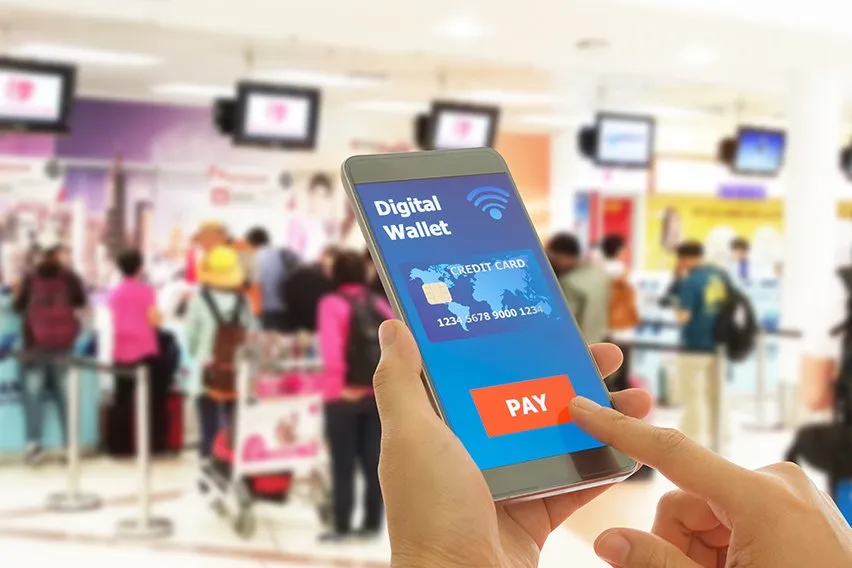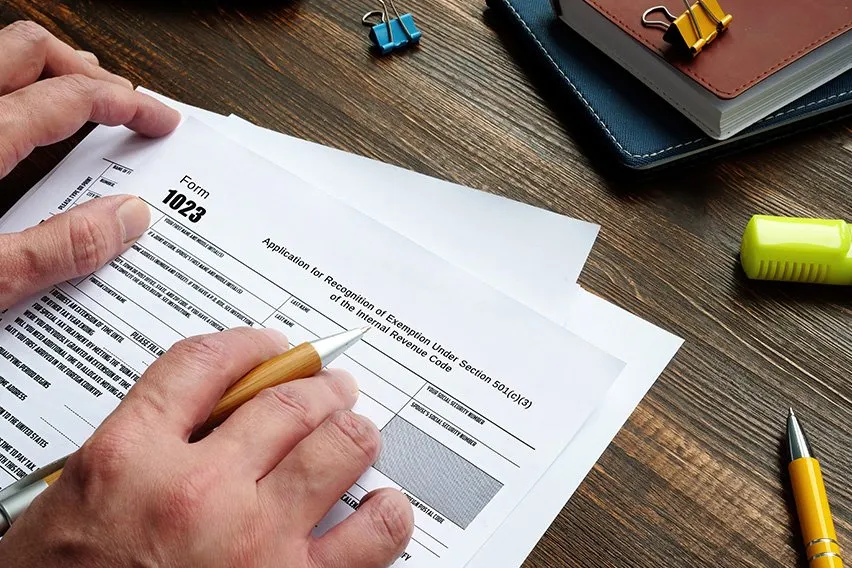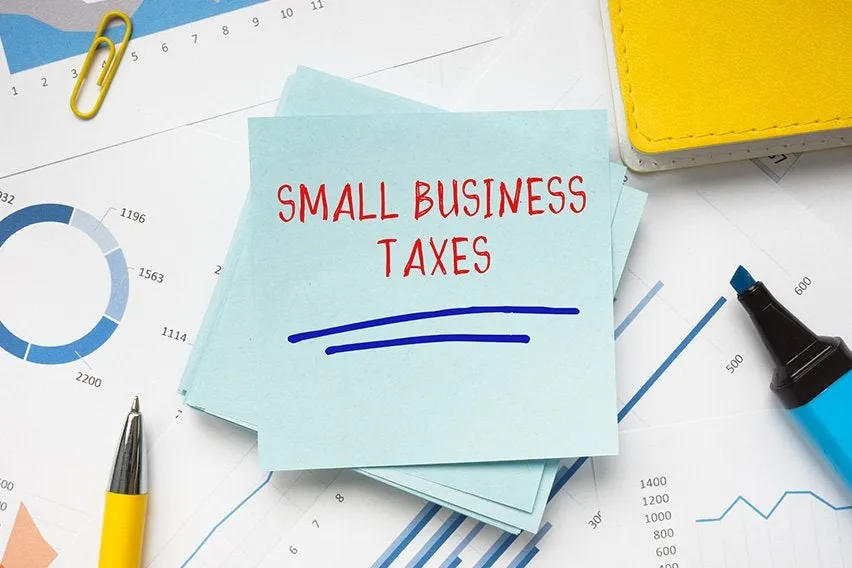5 Expense Tracker Apps for 2025

For many small business owners, there are going to be several moving parts to your business finances. Sometimes you’ll need to put together expense reports and compile other financial accounts. Keeping track of and a close eye on this information helps forecast monthly cash flow, for example.
But how are you supposed to accurately and conveniently keep track of expenses? Well an expense tracker app can come in very handy. They allow you to monitor spending habits for both business and personal expenses. Plus, you will receive a wide range of business solutions to let you get ahead. At the end of the day, you want to know where you spend money so you can make better decisions when it comes to your spending habits.
Some apps offer a basic version that can be great for the average user. Other apps have all the features needed to support the requirements of small business owners. Expense tracking apps can make your life much, much easier.
But even still, how do you know which expense tracker app is best for you and your business? What features should you be looking out for and is an expense tracker app worth it? To help, we put together this guide to get you started.
Read on as we dive into how expense tracker apps work and break down the top five choices for 2025. You’ll be managing and organizing your expenses like never before.
Table of Contents
How Do Expense Trackers Work?
If you’re having a tough time staying on top of all your expenses and receipts, it might be time for an expense tracker app, especially when dealing with additional complexities such as moving expenses. It can be incredibly helpful to have an organized way to collect and categorize what you’re spending money on.
In the simplest sense, an expense tracker will do all the organizing for you. It’s a much more efficient way to keep track of everything compared to a simple spreadsheet. There are a ton of different apps for Android and iOS devices as well as some desktop capabilities.
Some features to keep in mind when searching for an expense tracker can include:
- The ability to scan and document receipts
- The ability to separate different transactions and taxable items into categories
- Logging recurring or frequent transactions automatically
- Downloading transactions in the simplest way
- The ability to forecast future cash flow and ending balances
There can be several other features to look out for depending on a few things. For example, you might need specific features if you have a wide range of expenses. Or, you might not need anything too fancy if you only need to keep track of a handful of expenses each month. It’s all going to be based on your specific needs.
But no matter which features you need, an expense tracker app brings a ton of benefits. You’re going to know where all your money is going month by month. When you have these insights, you can make changes or cut spending when needed. You’re also going to be able to file a more accurate tax return.
At the end of the day, being able to easily and accurately track your expenses will make your life a whole lot easier. You can spend more time focusing on other important tasks instead of the tedious process of manually tracking everything.
Let’s dive into the five best expense tracker apps for 2025.

1. FreshBooks
FreshBooks makes it incredibly easy to monitor and track all of your spendings. This can be very handy if you need to regularly document business-related purchases. Plus, it makes managing and organizing tax deductions a breeze.
Managing expenses and taxes manually can be time-consuming and can lead to accidental errors or mistakes. This can cause you a big headache once tax time rolls around or when you want to consolidate all your expenses. With FreshBooks, you can manage every element of your accounting needs.
To take it even further, FreshBooks also provides options when it comes to:
- Duplicating expenses
- Handling refunds or credits
- Updating or removing categories
- Sales taxes
- Recurring expenses
Once you have everything set up, expense management can get done through bulk actions, quick actions, or individual actions. And you can do this for one expense or several expenses at the same time. You’ll immediately know how much you’re spending and how profitable your business is. All of this without the painful headache that comes from a spreadsheet or an unorganized shoebox of paper receipts;
One of the best parts about FreshBooks is the resources and support provided. You’ll have access to everything you could possibly need to make managing expenses as easy as possible.
2. Mint
Because it’s free and allows you to keep an eye on all of your accounts in one location, Mint is a great choice as an expense tracker app. Set savings objectives, monitor your credit, and keep an eye on your investments. You can purchase a Mint Live Subscription if you require financial advice.
Mint is a personal finance app designed to help users set up and maintain their financial and credit management systems. It provides an in-depth look at personal finances. It also provides tools to increase your net worth and reduce debt, making it a great expense tracker app option.
The majority of expense tracking programs allow you to link your bank and credit card accounts. However, by reminding you of upcoming bill due dates, this app also assists you in avoiding late fees. It will even let you know if your credit card limit is getting close to getting reached. Or if your account balance is getting low so you can avoid an overdraft fee.
You can track the monthly changes in your subscription spending using Mintsights. By doing so, you can cancel any subscriptions you may have forgotten about and perhaps even bargain with the provider for a lower price.
3. Expensify
Choose Expensify when looking for a receipt-saving app because it will automatically do everything for you. This includes scanning, reading, and importing all of your receipt information for you. You can even take it a little further if you travel regularly for work. You can set the app to give reminders for flight delays or trip reminders. This can make your life a lot easier if you’re constantly trying to stay on top of travel expenses.
Expensify was officially launched in 2008. The main goal of launching the app in the first place was to offer a way to better manage expenses and receipts. If you don’t need to use it often, you can receive 25 free scans each and every month. But, if you want to access additional scans you’re going to have to upgrade to a paid account. The starting monthly fee is around $5 per month. But if your business needs access to additional features then the pricing starts at just under $10 per month. These include tools for card management, approvals, reimbursements, or expense reporting, for example.
Because it has tools to submit receipts directly to a manager or accountant, this app is designed with business users in mind. They can then approve or reject expenses directly from the app from that point. And, if you need to add the ability to have a corporate visa card, you can. You can even take it a step further and benefit from a corporate travel assistant if you need it or if it’s relevant to your business needs.
Expensify also includes the ability to integrate accounting software that you’re already using. This can include integrations such as NetSuite, Sage Intacct, Xero, and QuickBooks. Employees like Expensify’s next-day reimbursement because they receive their money quickly. Expensify’s compatibility with international currencies and taxes is one of its best features. The month-end closing process is made simple by a globally compatible app.
Some of the biggest pros include:
- Even if it’s foreign currency, it automatically reads and imports receipt details for you
- Group, tag and categorize your expenses into a report
- GPS-based automatic mileage tracking
4. QuickBooks
Since users can send and track invoices and automatically track mileage, QuickBooks is a great expense tracking app. A built-in photo tool allows you to quickly and conveniently take pictures of receipts.
QuickBooks is a pioneer in corporate accounting and bookkeeping and is owned by Intuit. With the aid of its app, small businesses can manage the majority of their financial operations, send invoices, and track expenses.
A free 30-day trial of QuickBooks Accounting is available without requiring a credit card or a commitment. Additionally, the Accounting app is cost-free if you use QuickBooks online. Alternatively, pick from a range of packages starting at $7.50 a month.
Here are some of the main features that come with QuickBooks:
- It integrates with more than 650 apps, including advanced CRM and inventory management
- Provide your accountant with the access they need
- Customize invoices with your company’s information and logo
- Create and monitor bills in various currencies
- Create profit and loss statements
- Take pictures of receipts and include them with expenses
- On-the-go sales and customer tracking
- Classify your expenses
- GPS gets used for mileage tracking without draining the battery
- To set aside money for business payroll and taxes, forecast cash flow over the next 90 days and use envelopes
- To keep track of income and expenses, link your bank and credit card accounts
5. YNAB
YNAB is an acronym for You Need a Budget. The developers of this app put a lot of effort into creating an expense-tracking and budgeting-specific app. The app adopts an unusual approach to budgeting. Every dollar that users earn must have a job assigned to it, whether it relates to investments, savings, or expenses. The app uses this information to display user budgets.
Only manual expense tracking was possible in the first version. But, the most recent update also lets you automatically import expenses from a connected bank account. Although it isn’t perfect for everyone, YNAB can be a good fit if you want to start budgeting and need assistance getting the process moving.

Key Takeaways
The best expense tracker apps outlined in this guide can make a world of difference for your business. Some apps offer a free version and others offer a premium version. It’s all going to depend on what exactly you need and which features will benefit you most.
FreshBooks provides an array of accounting and expense solutions to help get you ahead. The financial software is incredibly simple to use and there are tons of resources to help you get started.
But no matter which app you choose, you’re going to be able to save money by becoming more efficient at tracking expenses. This can help lead to reaching your savings goals.
FAQs on Small Business Expense Trackers
Can you use Excel to track expenses?
Yes, you can use Excel to track all your expenses. To do this, you will need to create a dedicated spreadsheet where you can add in the relevant information you want to organize. It can be helpful to label the most important columns, such as Amount, Date, Category, and Description.
Does Excel have an expense report?
To generate an expense report in Excel you’re going to first need to have all the right information included in the spreadsheet. You’re going to need the date of expense, the type, the amount, the purpose, and maybe other details. It can be a bit confusing to do, so it might be helpful to use a template.
How do small businesses track accounting?
This can all depend on the specific type of business and the industry. But, many small businesses leverage the power of accounting software like FreshBooks. It makes it much easier to classify expenses, track them, and get the most up-to-date information exactly when you need it.
RELATED ARTICLES

 What Is a Digital Wallet and How Does It Work?
What Is a Digital Wallet and How Does It Work? 10 Best Proposal Software for 2025 in Canada
10 Best Proposal Software for 2025 in Canada Tax Exemption Requirements for Organizations
Tax Exemption Requirements for Organizations How Much Cash Can You Deposit?
How Much Cash Can You Deposit? Tax Deductions for Small Business Canada
Tax Deductions for Small Business Canada